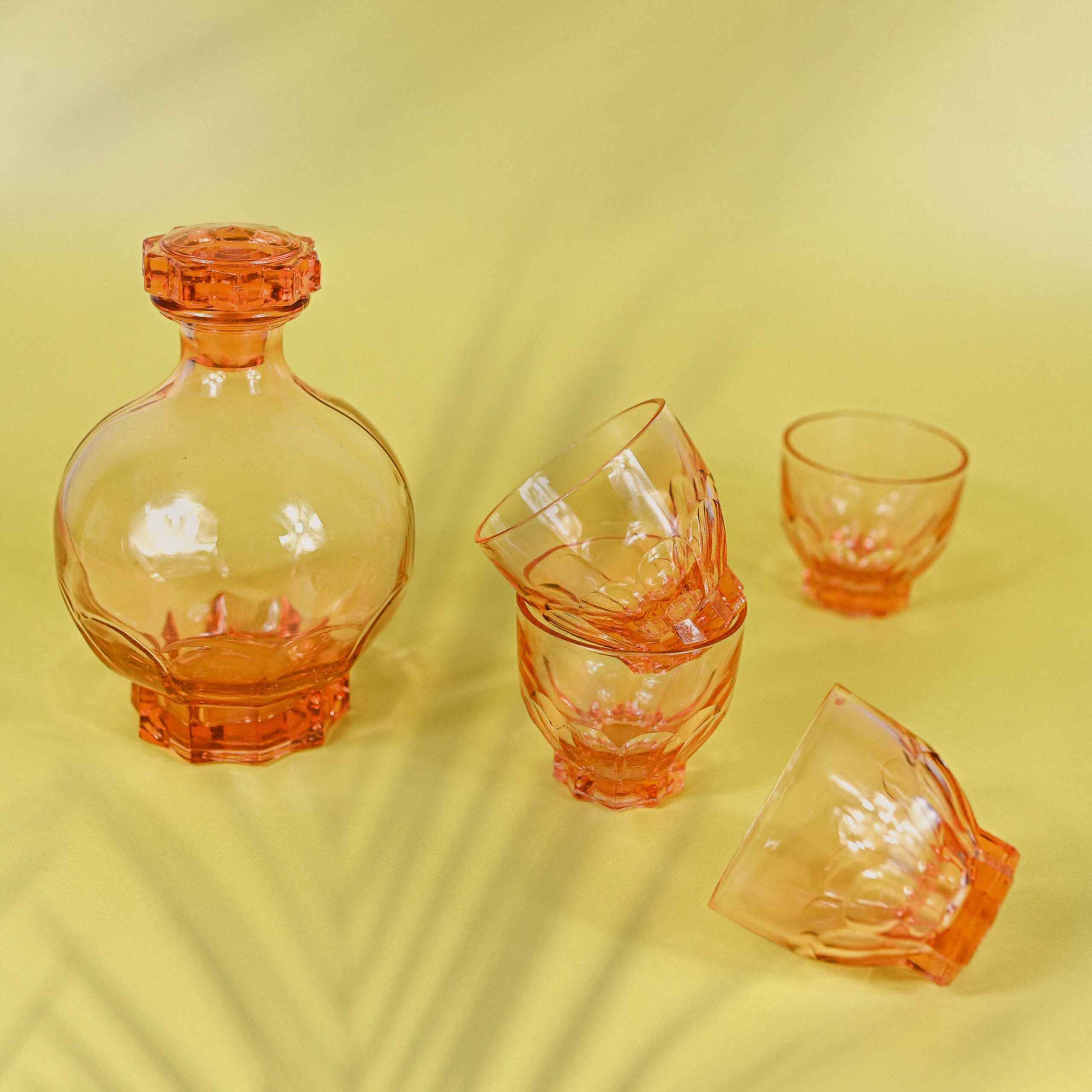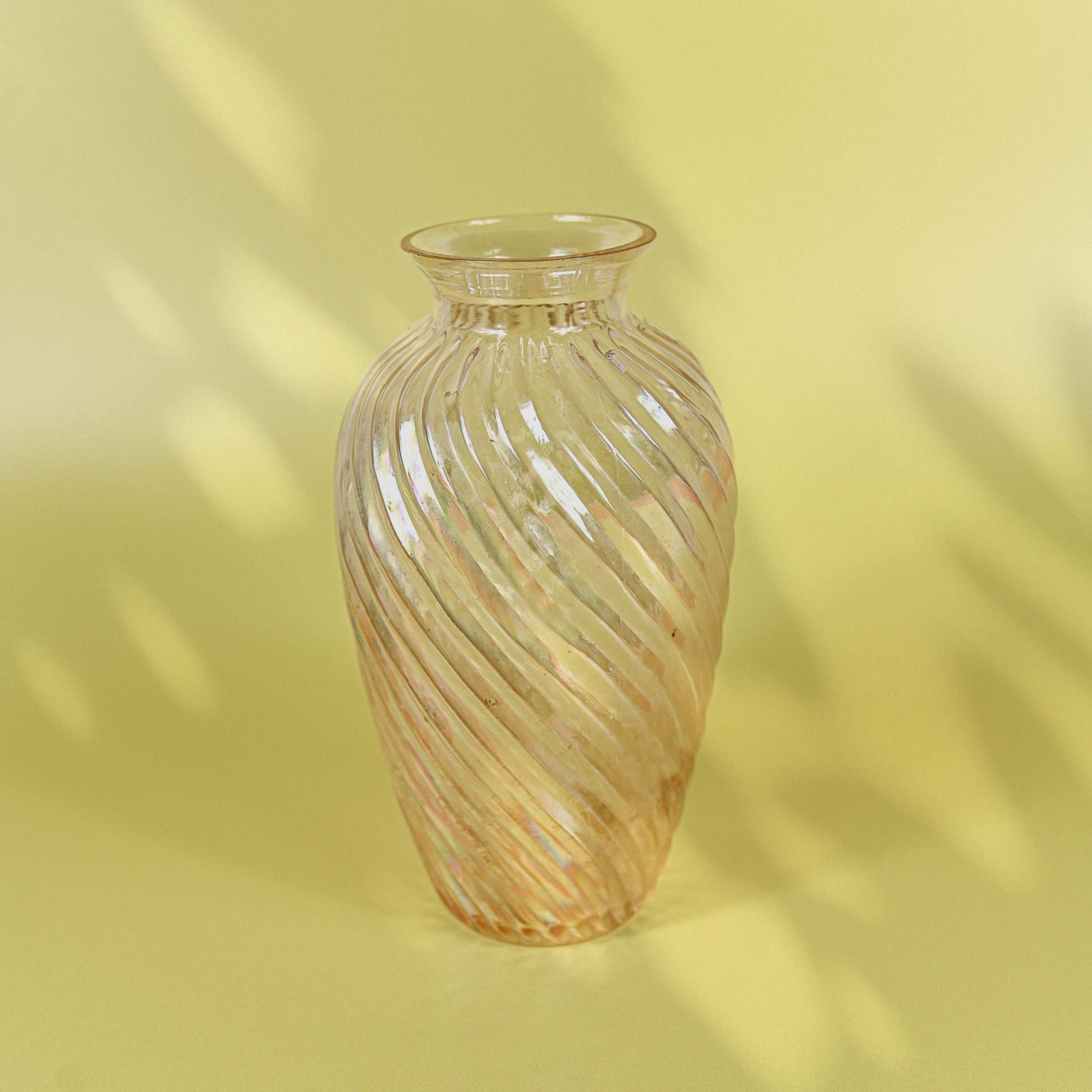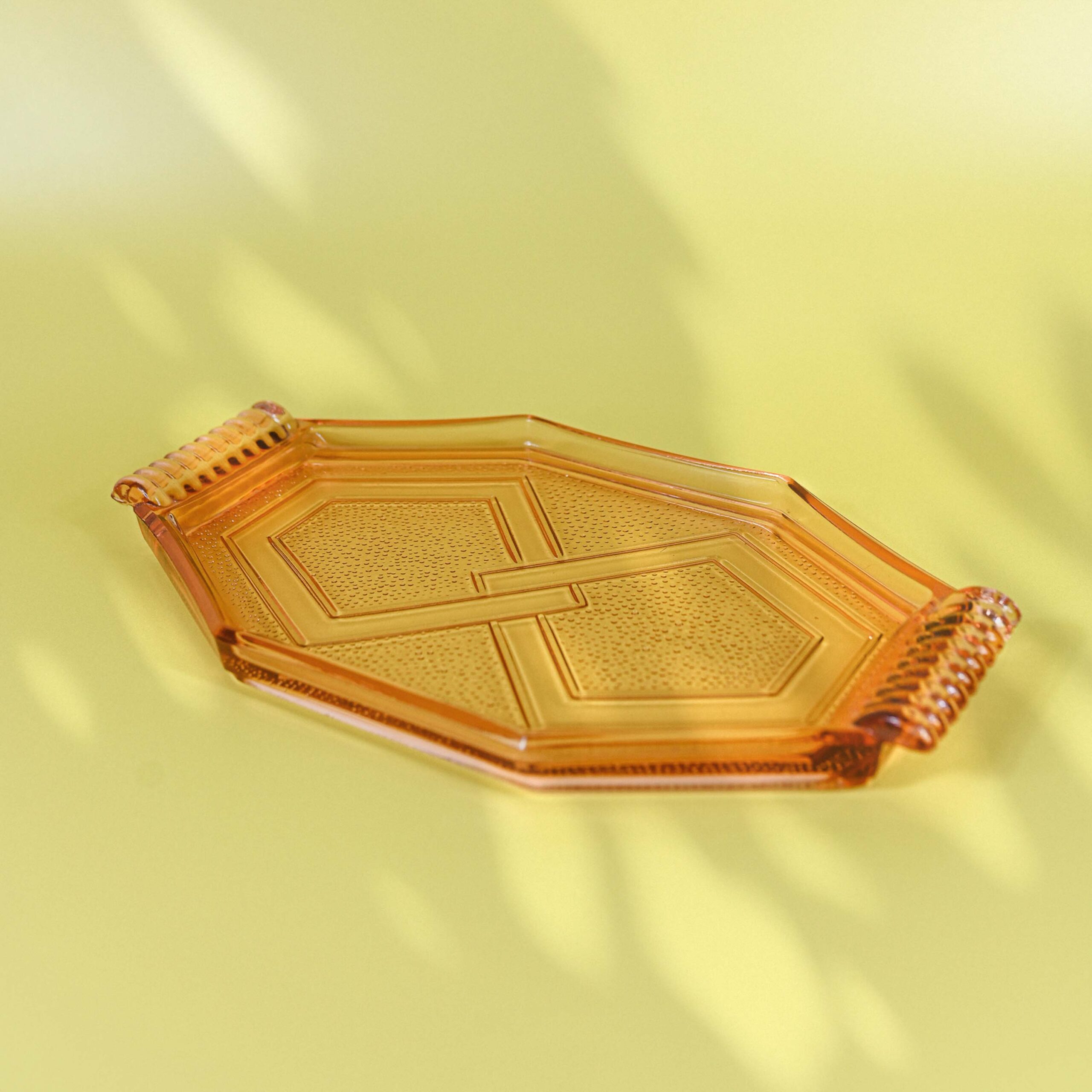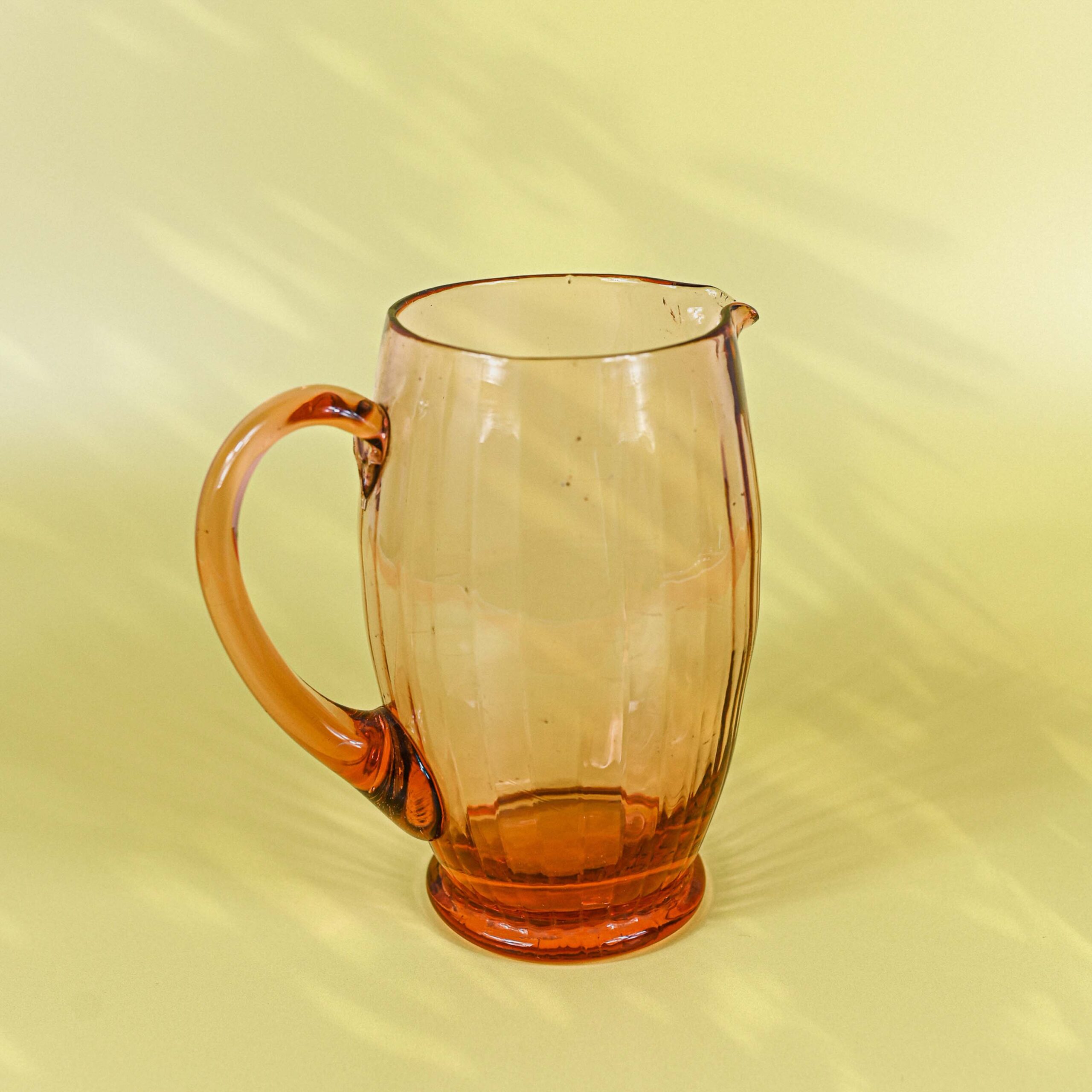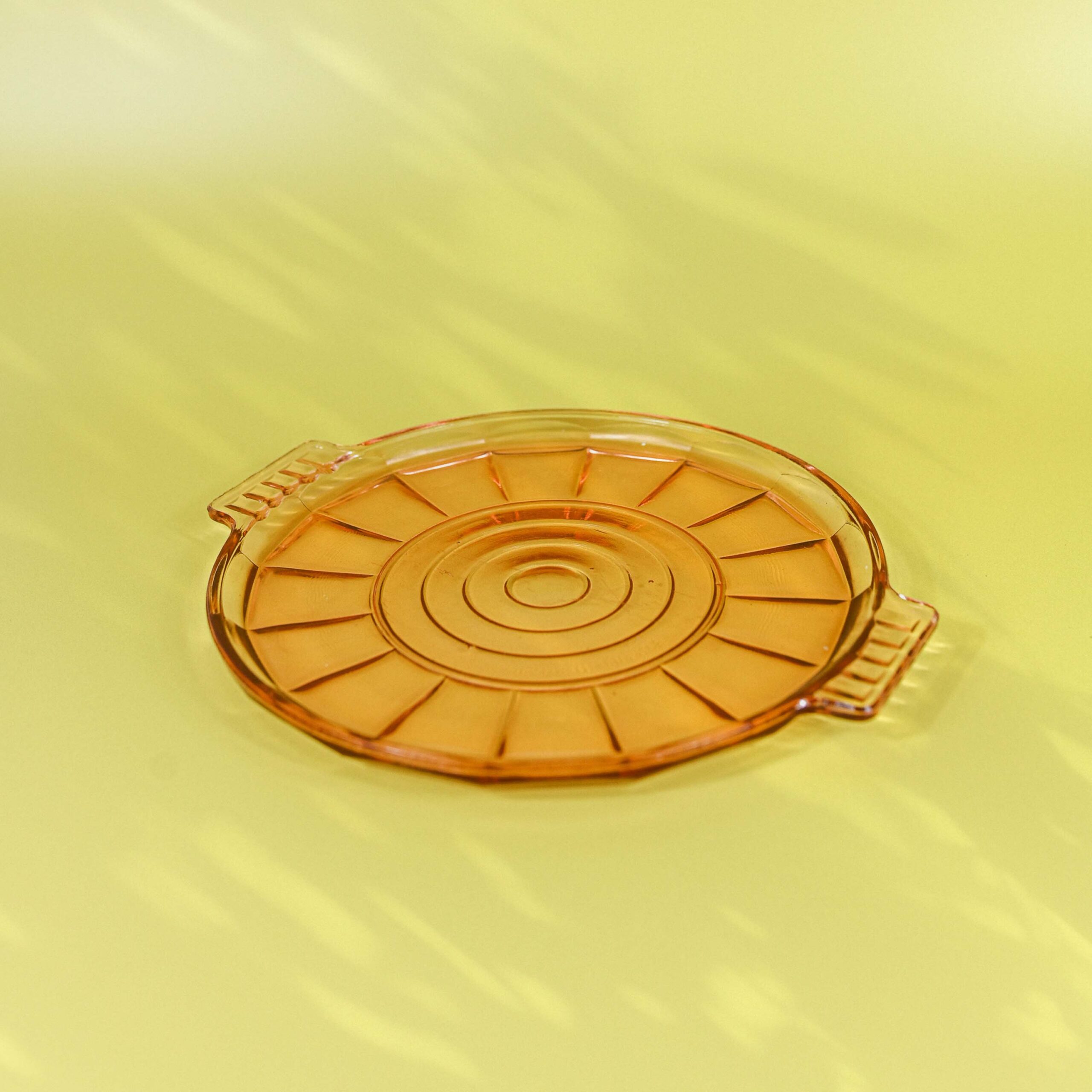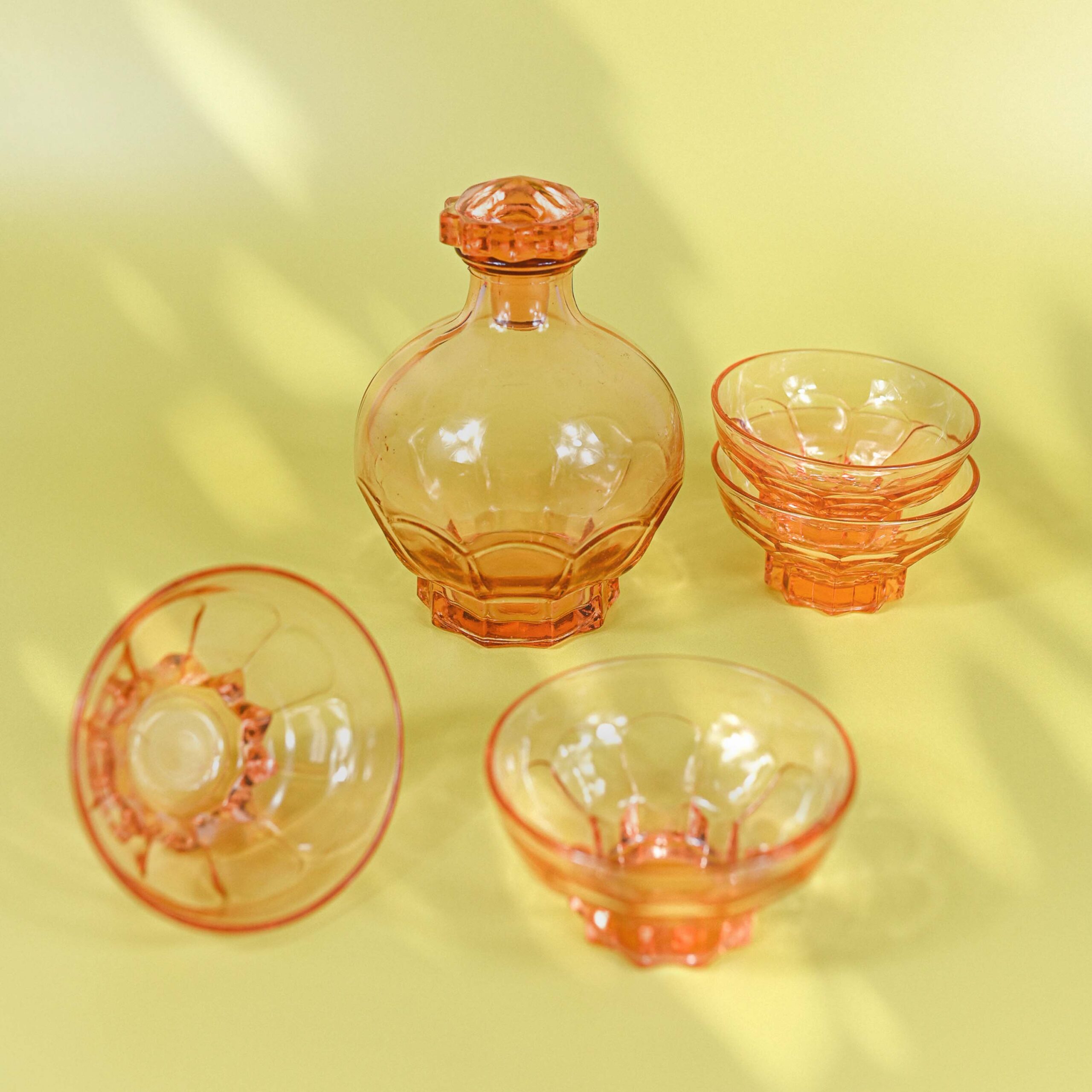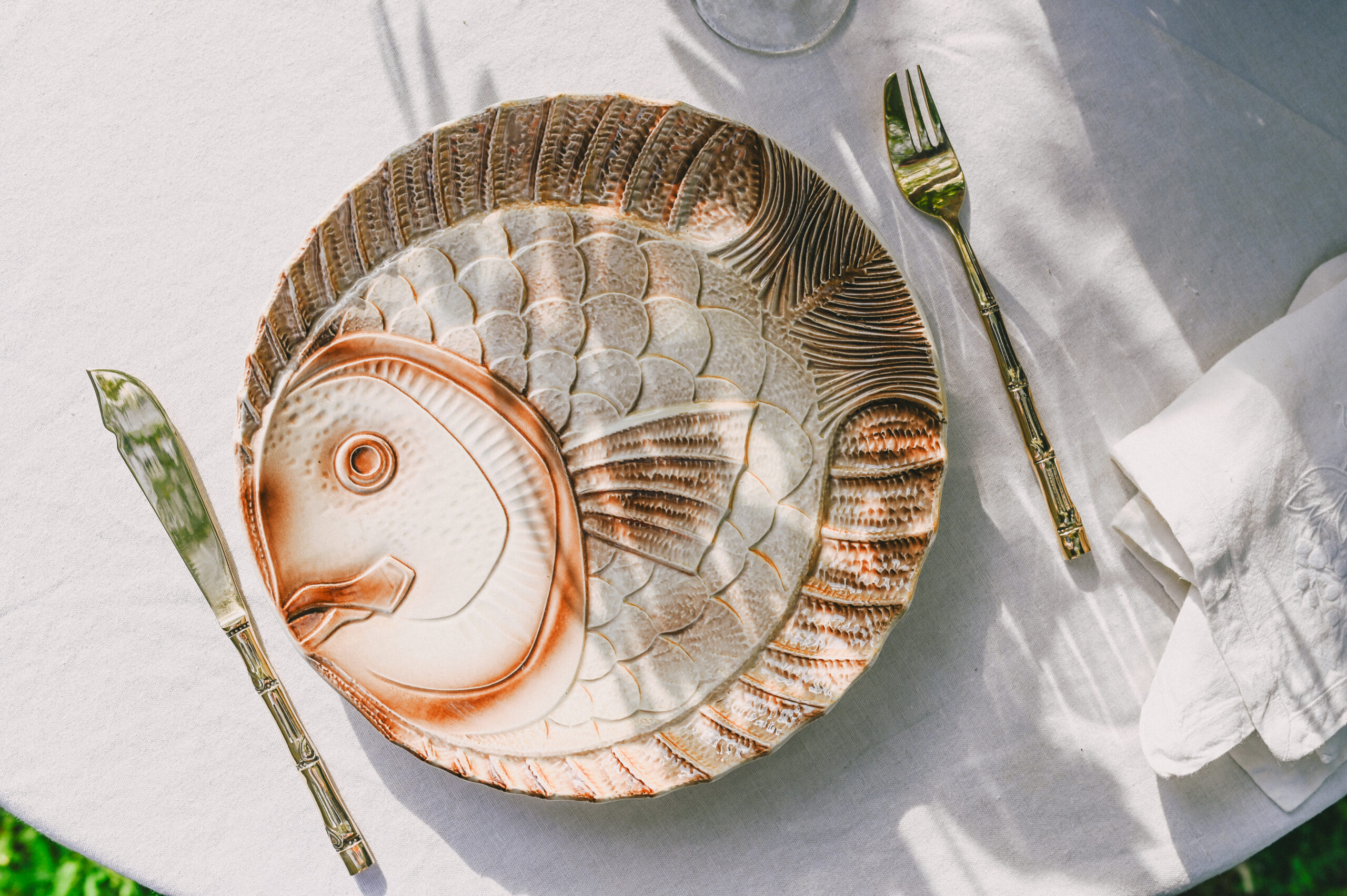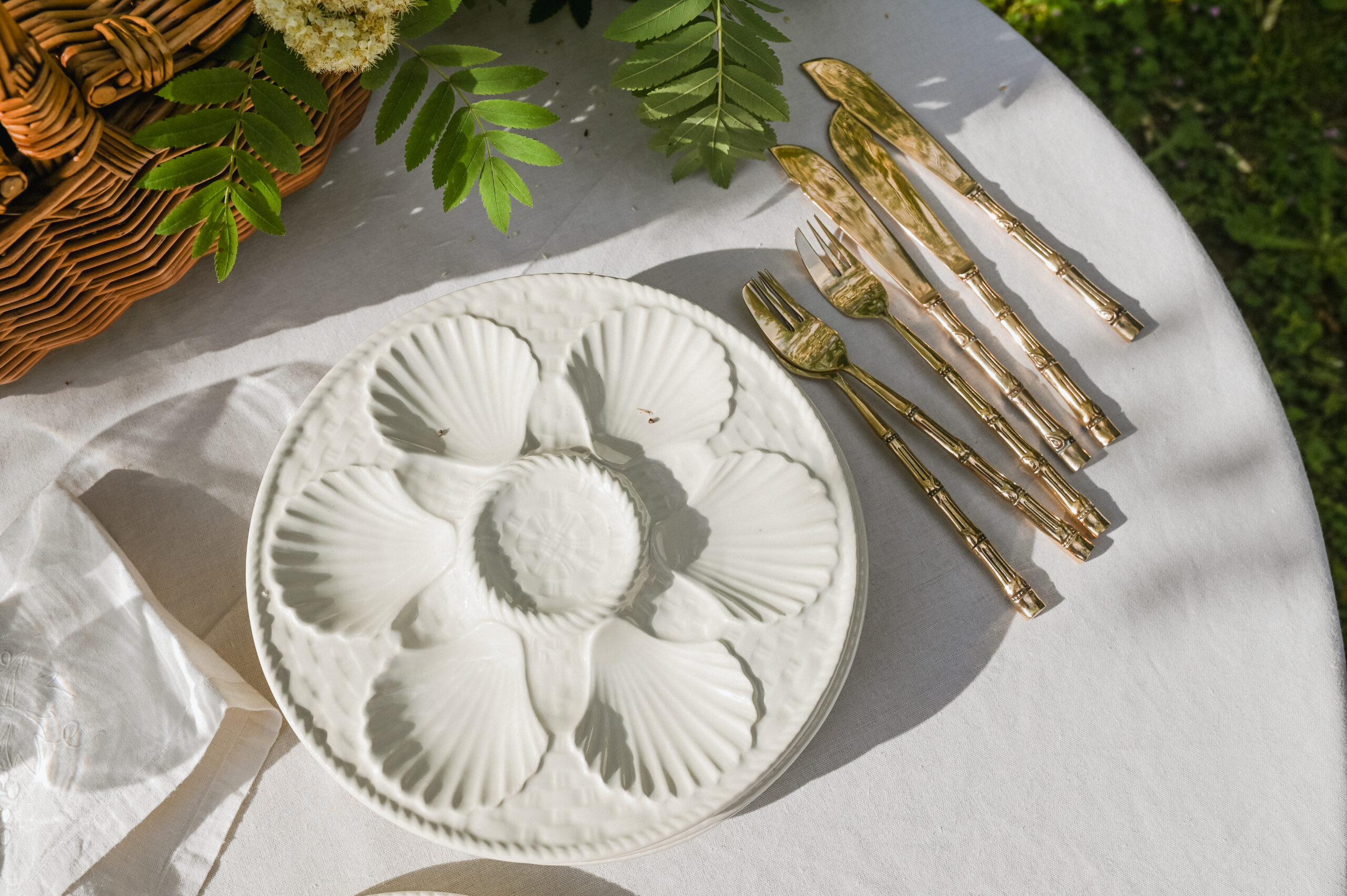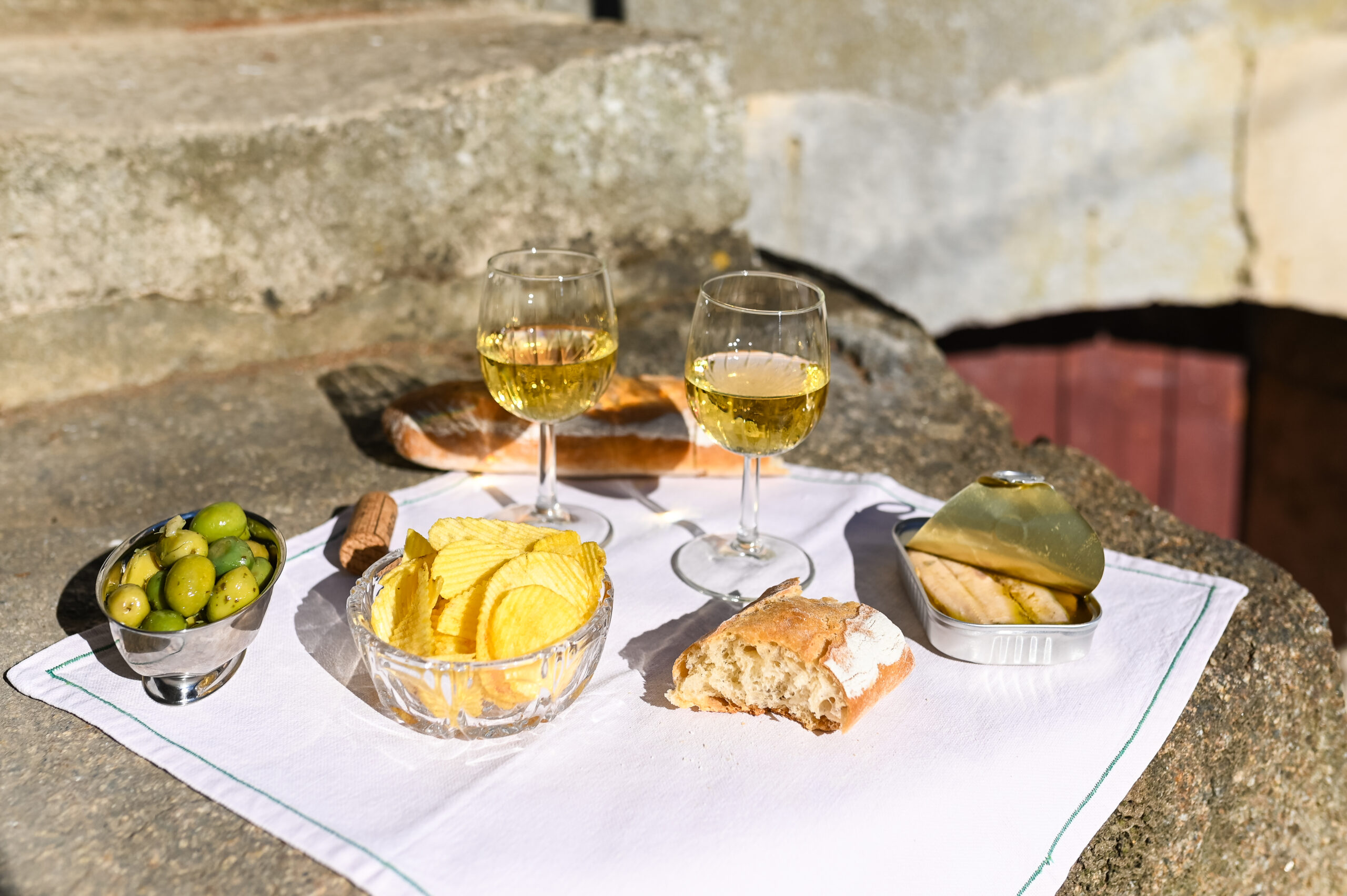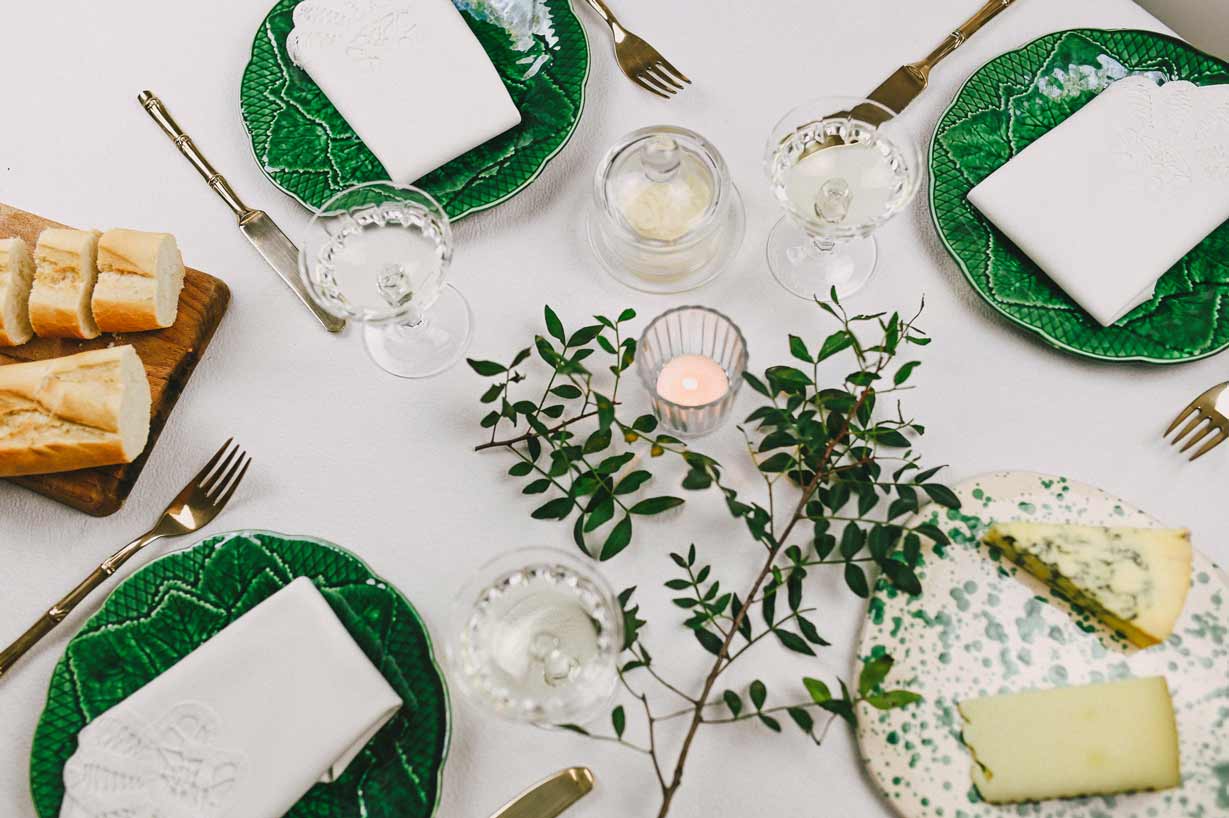The Depression Glass
- June 2, 2023
Depression glass, refers to a specific type of glassware that was produced in the United States during the 1920s and 1930s. This era coincided with the Great Depression, hence the name Depression glass. While pink was one of the popular colors, Depression glass was also made in various other hues like green, blue, yellow, and amber.
The Production
The production of Depression glass began around 1927 and continued through the early 1940s. It was primarily manufactured by numerous glass companies to be given away as free or low-cost items, often as promotional pieces or included as premiums in cereal boxes, laundry detergent, and other consumer products. It was also available for purchase in stores, making it affordable for many households during a time of economic hardship.
Depression glass was created using inexpensive materials, such as soda-lime glass, which contributed to its affordability. It was typically machine-pressed or molded rather than hand-blown, allowing for mass production at lower costs. The glassware featured a variety of patterns, including floral, geometric, and art deco designs, with intricate details and motifs.
Practical & Decorative
The popularity of pink Depression glass stemmed from its attractive color, delicate appearance, and affordability. It brought a touch of elegance and beauty to households that were otherwise struggling economically. Pink was a favored color because it complemented a range of table settings and was considered feminine and fashionable during that era.
Depression glass had both practical and decorative uses. It included a wide array of items, such as plates, cups, bowls, serving dishes, pitchers, and vases, allowing people to create coordinated sets for their dining tables and home decor. Some patterns even included more elaborate pieces like candlesticks and centerpieces.
Today
Over time, the popularity of Depression glass waned, and it fell out of fashion. However, in the 1960s and 1970s, there was a resurgence of interest in collecting and appreciating this vintage glassware. Pink Depression glass, in particular, became highly sought after by collectors and enthusiasts who admired its nostalgic charm and historical significance.
Today, pink Depression glass holds sentimental value for many individuals, serving as a reminder of a challenging period in American history. It is collected and displayed in homes, and enthusiasts enjoy hunting for rare and unique pieces at antique stores, flea markets, and online auctions.
The story of pink Depression glass reflects the ingenuity of glass manufacturers during a time of economic hardship. It represents a tangible piece of history, evoking a sense of nostalgia and appreciation for the creativity and craftsmanship of that era.
This is an invitation
Sign up to join Via Mimosa and receive exclusive content, events, collections and more.
Related Articles
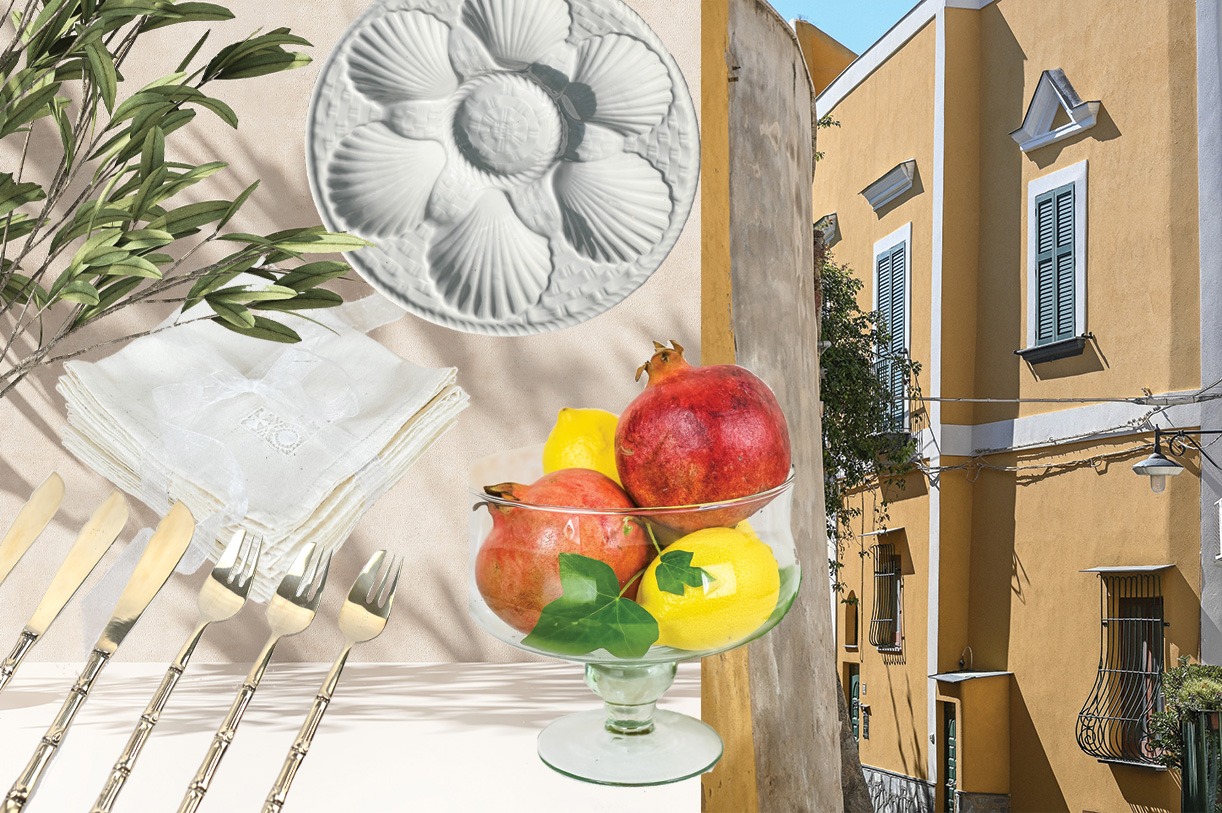
12 Stylish Homeware Inspired by Provence
Step into the region of Provence, where beauty unfolds in every corner, and inspiration lingers in the air. With its sun-drenched landscapes, charming villages, and rich cultural heritage, Provence is a place that stirs the soul and sparks the imagination.
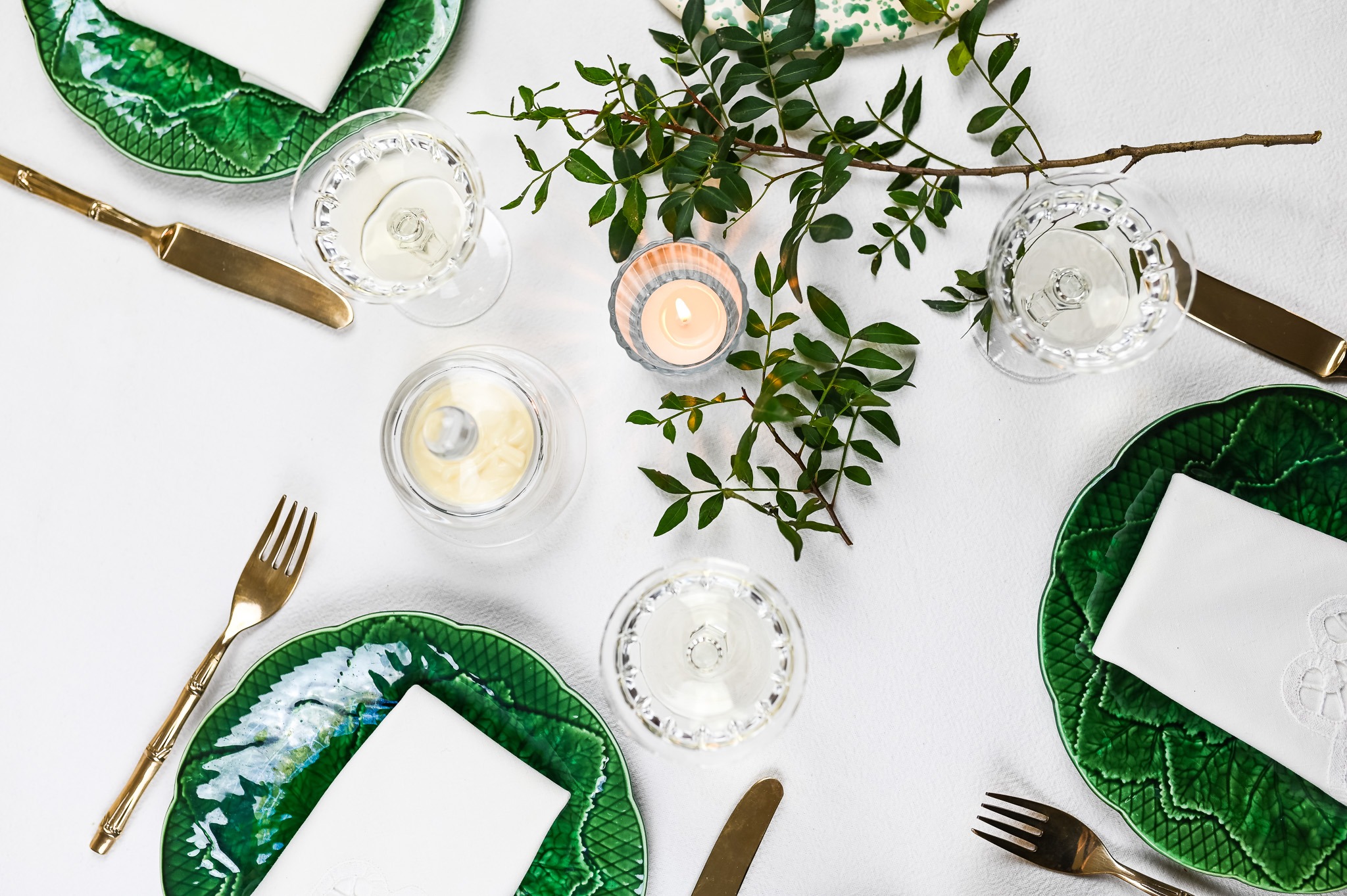
Vallauris Ceramic
The Vallauris tableware refers to a unique and influential style of ceramic tableware that originated in the town of Vallauris, located in the southeastern region of France. The story of Vallauris tableware is closely intertwined with the life of Pablo Picasso.
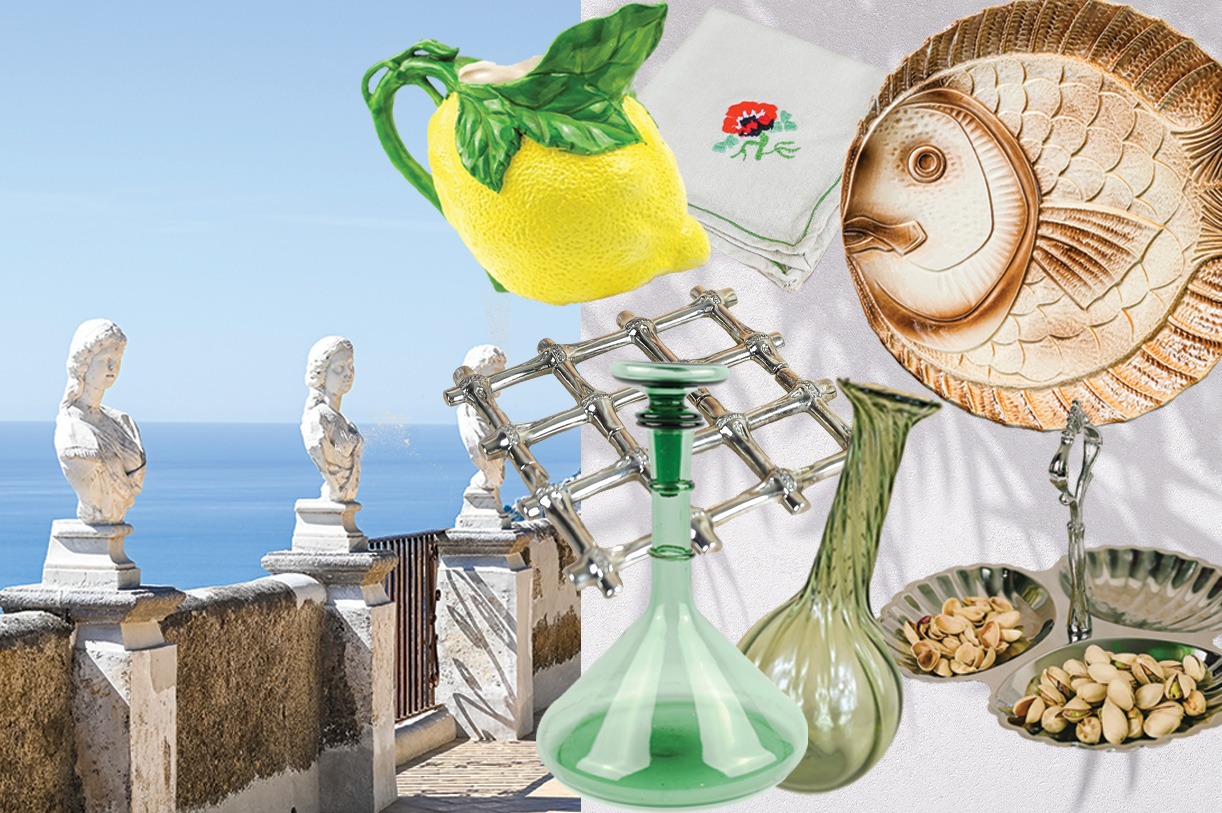
12 Timeless Pieces Inspired by The Italian Riviera
The Italian Riviera is a place that captivates the heart and stirs the soul. Here, where the azure waters of the Ligurian Sea meet the rugged cliffs and vibrant landscapes, a world of beauty and tranquility awaits.
